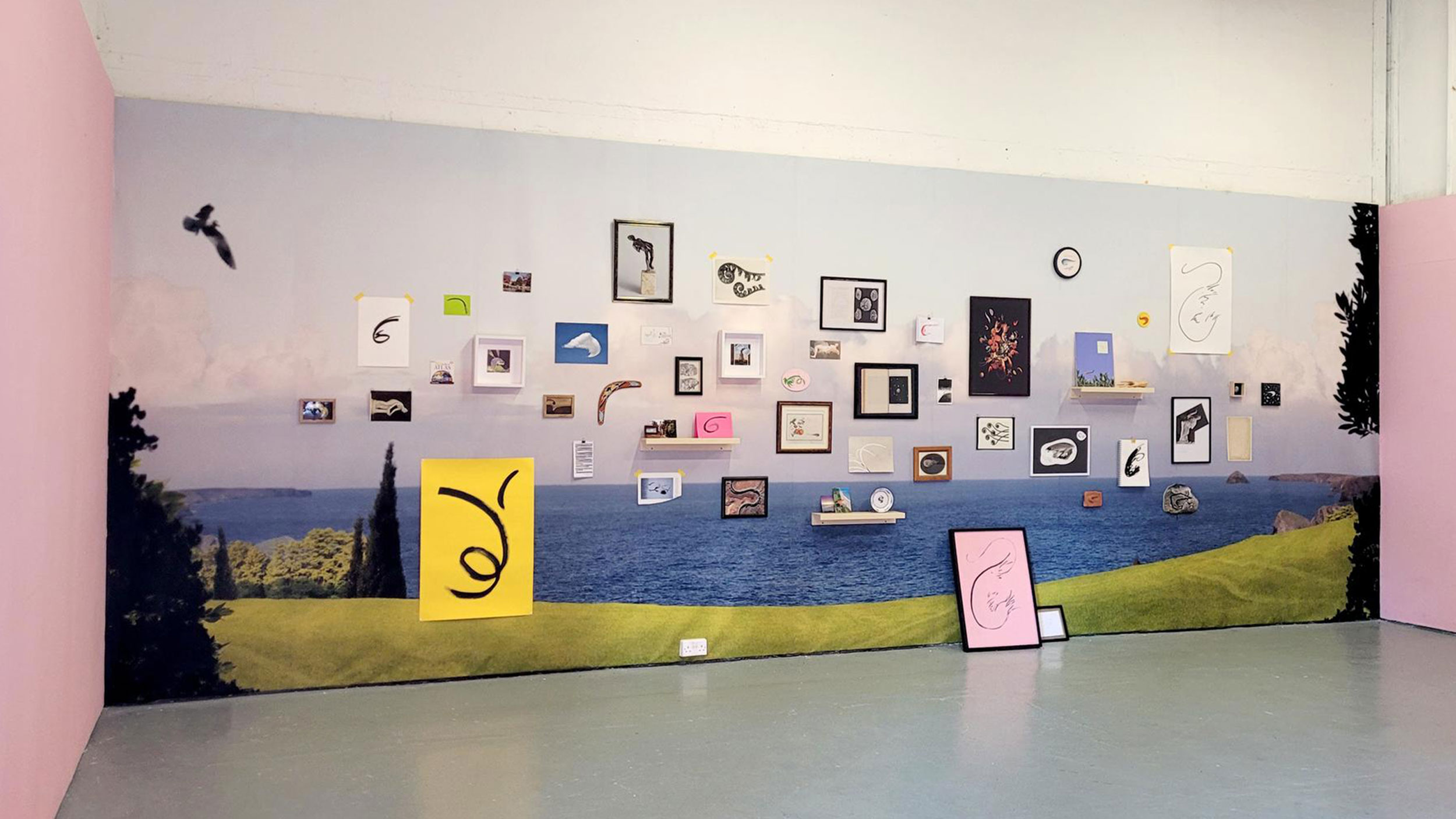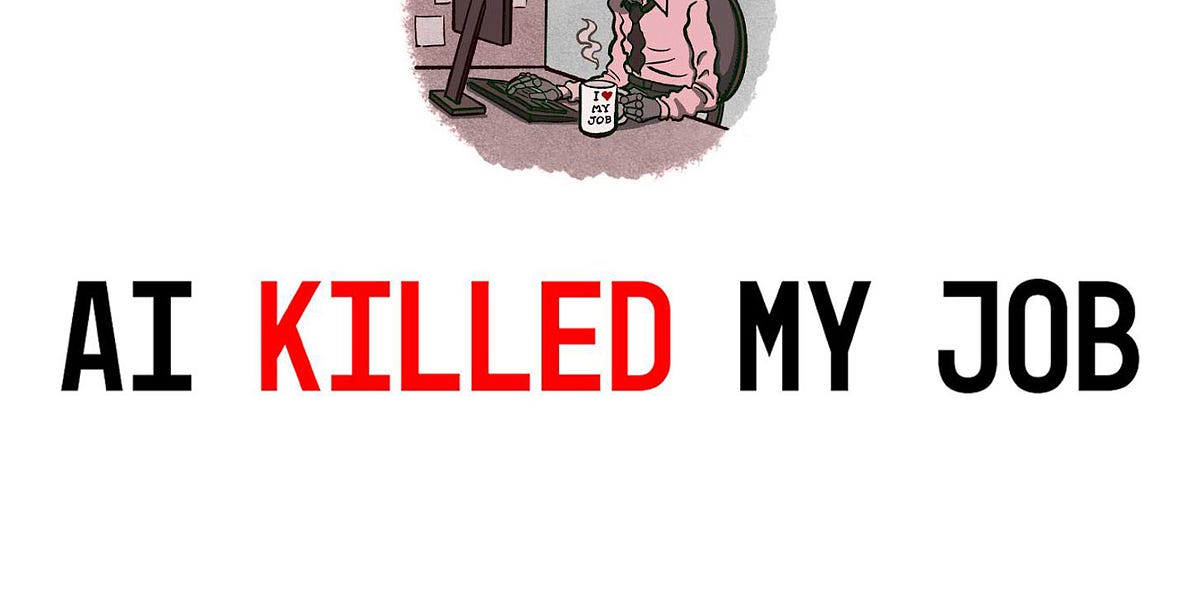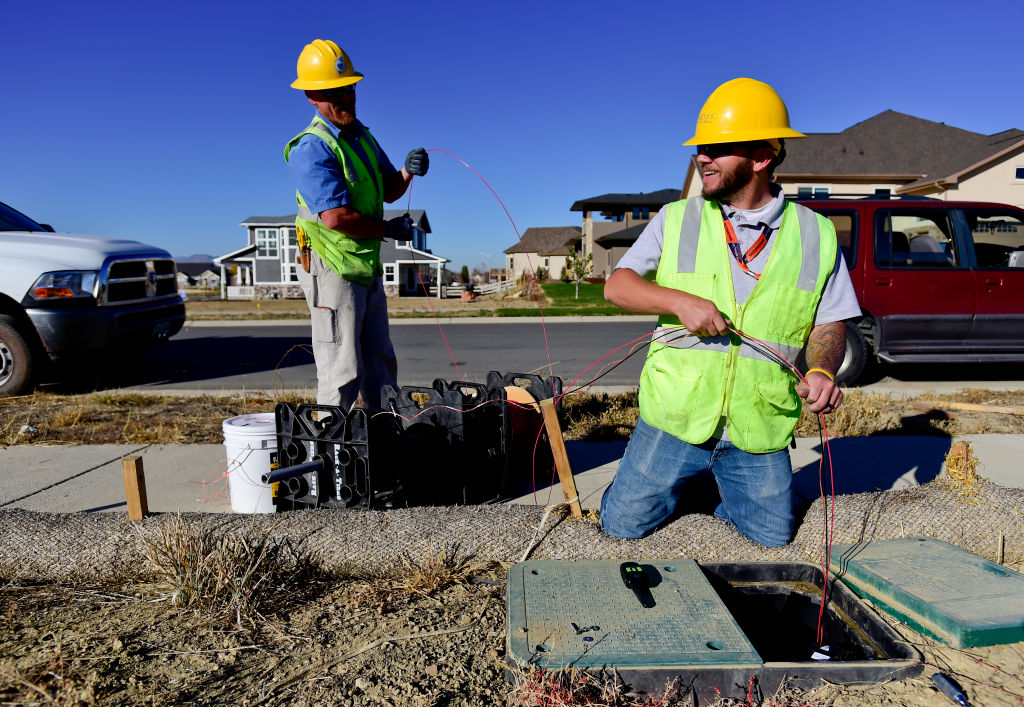alyaza [they/she]
internet gryphon. admin of Beehaw, mostly publicly interacting with people. nonbinary. they/she
- 513 Posts
- 273 Comments

 55·1 month ago
55·1 month agoplease continue to “device hoard” folks

 1·1 month ago
1·1 month agoits founder, Georgiy Gongadze, was a late-90s crusader for freedom of speech, freedom of the press, and anti-corruption initiatives in Ukraine and was likely murdered at the behest of the state for his reporting. i think the name is fairly straightforward

 7·1 month ago
7·1 month agoUkrainska Pravda has no relation at all to pravda.ru as far as i’m aware

 16·2 months ago
16·2 months agogiven that OpenAI has a vested interest in downplaying the severity of this problem (especially relative to its total number of users) i’d treat this as a lower bound of the scale of this exists at–pretty bad!

 90·2 months ago
90·2 months agothere’s some real deadpan gold in this one, such as the immaculate:
How do you feel about becoming a political lightning rod?
People occasionally just flip [me] off or whatever, but nobody’s come up to me and tried to make a statement about anything. Personally, it’s kind of dumb. It’s just a vehicle. So it’s ironic that it would even become a political statement, but nonetheless it is. [Editor’s note: Taylor was arrested and pleaded guilty to conspiracy to obstruct an official proceeding in the January 6 attack on the Capitol. He was later pardoned by President Trump.]

 9·4 months ago
9·4 months agoof note, CUPE leadership was willing to go to jail over the strike. for a sense of what they struck over, see these two articles from Spring Magazine, and CUPE’s “Unpaid Work Won’t Fly” page

 7·6 months ago
7·6 months agothe study: Majority support for global redistributive and climate policies
We study a key factor for implementing global policies: the support of citizens. The first piece of evidence is a global survey on 40,680 respondents from 20 high- and middle-income countries. It reveals substantial support for global climate policies and, in addition, for a global tax on the wealthiest aimed at financing low-income countries’ development. Surprisingly, even in wealthy nations that would bear the burden of such globally redistributive policies, majorities of citizens express support for them. To better understand public support for global policies in high-income countries, the main analysis of this Article is conducted with surveys among 8,000 respondents from France, Germany, Spain, the UK and the USA. The focus of the Western surveys is to study how respondents react to the key trade-off between the benefits and costs of globally redistributive climate policies. In our survey, respondents are made aware of the cost that the GCS [a global carbon price funding equal cash transfers] entails for their country’s people, that is, average Westerners would incur a net loss from the policy. Our main result is that the GCS is supported by three quarters of Europeans and more than half of Americans.
Overall, our results point to strong and genuine support for global climate and redistributive policies, as our experiments confirm the stated support found in direct questions. They contribute to a body of literature on attitudes towards climate policy, which confirms that climate policy is preferred at a global level17,18,19,20, where it is more effective and fair. While 3,354 economists supported a national carbon tax financing equal cash transfers in the Wall Street Journal21, numerous surveys have shown that public support for such policy is mixed22,23,24,25,26,27. Meanwhile, the GCS— the global version of this policy—is largely supported, despite higher costs in high-income countries. In the Discussion, we offer potential explanations that could reconcile the strong support for global policies with their lack of prominence in the public debate.

 111·7 months ago
111·7 months agoi think this topic has about run its course in terms of productiveness, and has mostly devolved into people complaining about being held to (objectively correct) vegan ethics. locking

 21·7 months ago
21·7 months agosomeone on Bluesky analogized what is happening to how QAnon transpired for most people, which is that the crazification it was causing simmered under the surface until January 6, when it all publicly exploded and the influence it had over a non-trivial block of the population became undeniable. hard to disagree with that!

 26·7 months ago
26·7 months agojust a nightmarish headline. get these two the fuck out of here

 192·7 months ago
192·7 months agoArt rock legend Brian Eno has called on Microsoft to sever its ties with the government of Israel, saying the company’s provision of cloud and AI services to Israel’s Ministry of Defense “support a regime that is engaged in actions described by leading legal scholars and human rights organizations, the United Nations experts, and increasing numbers of governments from around the world, as genocidal.”
Eno’s connection with Microsoft goes back 30 years—he composed the famous boot-up jingle for Windows 95 that was recently inducted into the National Recording Registry at the US Library of Congress.
“I gladly took on the project as a creative challenge and enjoyed the interaction with my contacts at the company,” Eno wrote in an open letter posted to Instagram (via Stereogum). “I never would have believed that the same company could one day be implicated in the machinery of oppression and war.”
Regardless, Eno clearly isn’t interested in Microsoft’s protestations of innocence: “Selling and facilitating advanced AI and cloud services to a government engaged in systematic ethnic cleansing is not ‘business as usual’. It is complicity. If you knowingly build systems that can enable war crimes, you inevitably become complicit in those crimes.”

 6·8 months ago
6·8 months agoadditional flavor text to this tense situation: Pakistan blamed a terrorist attack on India literally earlier today

 13·8 months ago
13·8 months agoYou can post articles critical of the US, EU, Australian or any other government, but if you post a China-critical text you are whatabouted to death.
this will be a blunt comment. people would have no problem if you were doing this, but just in a quick scan, something like 10 of your last 15 submissions on our instance (Beehaw) are you obsessively posting about China–often from sources that are straight up fearmongering and/or guilty of doing literally the same thing they’re complaining China is doing. one of the most egregious submissions you’ve made in this vein is quite literally from the House Select Committee on China, as if the American government’s committee on “competition with the United States” doesn’t obviously have a vested interest in portraying things China does in the most uncharitable light possible (much as China would for America).
separately, and in a Beehaw context: at least from our userbase, you will largely not find disagreement that China is bad–nobody here really needs to be proselytized to the fact that China is an authoritarian capitalist country guilty of acts of imperialism against their neighbors, and probably of ethnic cleansing and genocide in Xinjiang. in fact, partially because of our political disagreements in that space, we do not federate with many of the Lemmy instances you might characterize as “pro-China.” this fact makes it incredibly conspicuous when someone like yourself obsessively posts every neurosis a Western country has about China on our instance. we’ve had a pattern of several users doing this in the past year or so–and at this point it’s blatantly propagandistic and Sinophobic bullshit we’re just not interested in letting people use our instance for.
even if you aren’t doing this for propagandistic reasons, though, and just think you need to push back against pro-China campists on Lemmy or whatever: this is also not your personal anti-China dumping ground, nor is it a place for you to shadowbox with campists who think China is cool. if you are genuinely posting in good faith: diversify your submissions and, if you don’t, at least drop the persecution complex when people push back on your voluminous China posting; if this is just using us as some middle-man in a bigger thing: going forward we’re going to aggressively prune these types of post.

 2·8 months ago
2·8 months agothe website for it is pretty comprehensive as far as i can tell

 22·8 months ago
22·8 months agothis strikes me as a fascinating idea–with a couple of eyebrow-raising backers–that is probably going to flop spectacularly because it’s too minimalistic to the point of just being cheapskate

 6·8 months ago
6·8 months agoFYI: we’ve banned this user because after communicating our disinterest in being used as an anti-China dumping ground to shadowbox with people who can’t even see our instance, the user responded with a bunch of hostility about people pushing back on them.

 18·9 months ago
18·9 months agoyeah, no shit, that’s not the same as “your entire company being predicated on the unpaid labor of children who you also let do whatever they want without supervision or actually working filtering features”–not least because you could actually get banned for both of the things i mentioned from 2010, while what’s happening now is explicitly enabled by Roblox as their business model and an externality of doing business. as has been demonstrated by recent investigations into how they work down, they basically don’t have a company without systematically exploiting children

 24·9 months ago
24·9 months agoit’s been very strange to watch this game i grew up on–pretty innocuously, i should note–gradually morph into one of the most exploitative, undignifying, generally dangerous spaces for children online. the worst stuff i got into on Roblox in 2010 was online dating and learning about 4chan. now the company seems to openly revel in exploiting the labor of children and ripping them off





















death toll is now at least 15 plus one of the shooters; it appears the duo were father and son and it is the son that is in custody